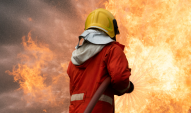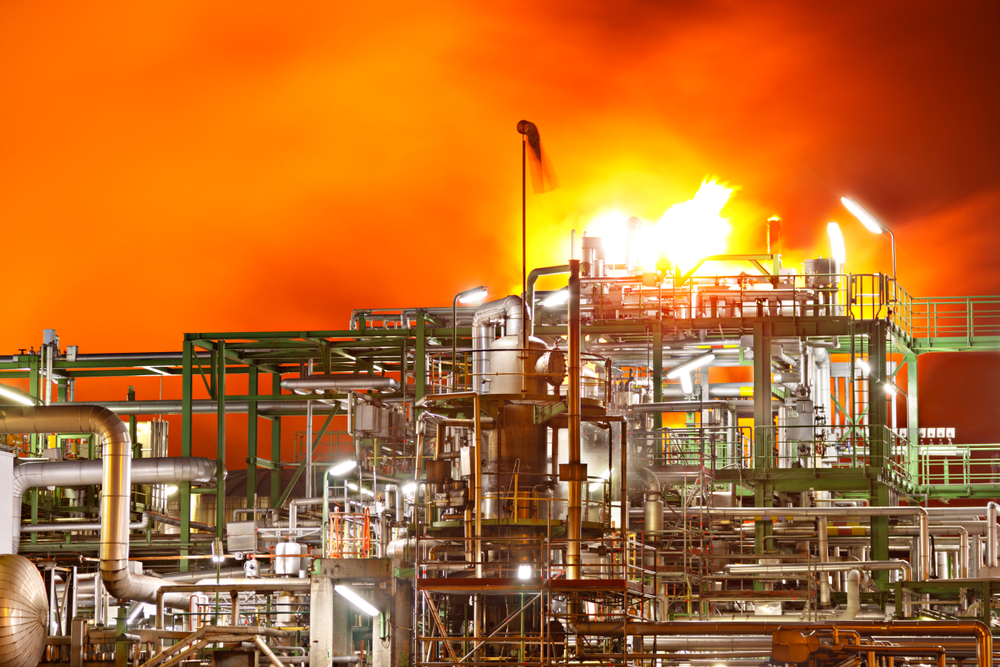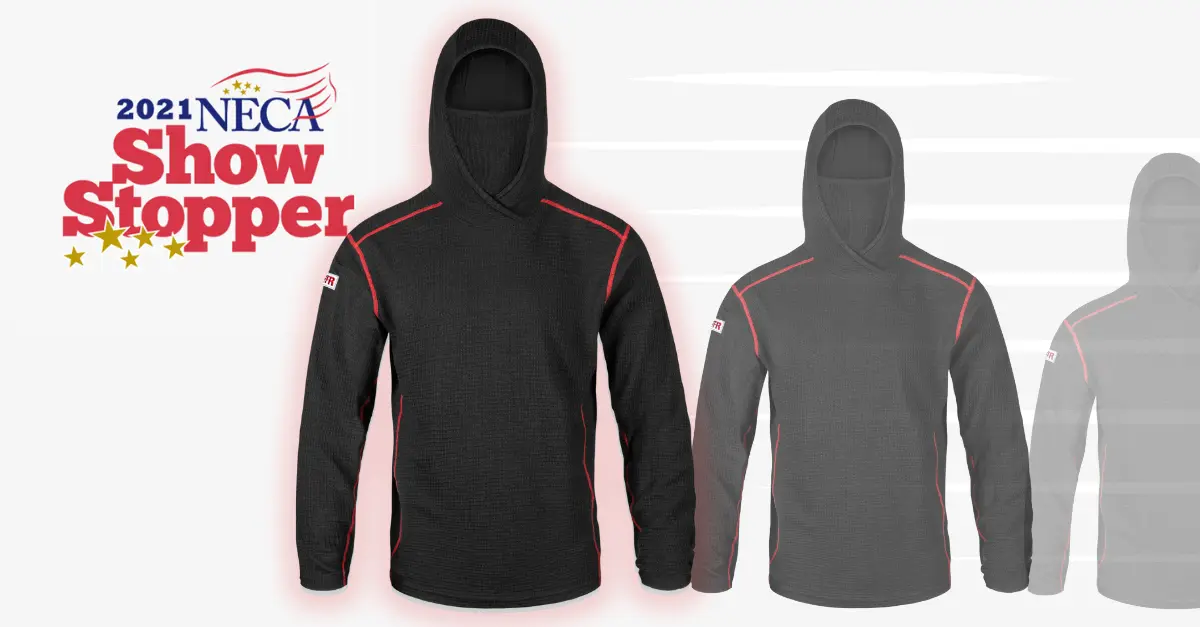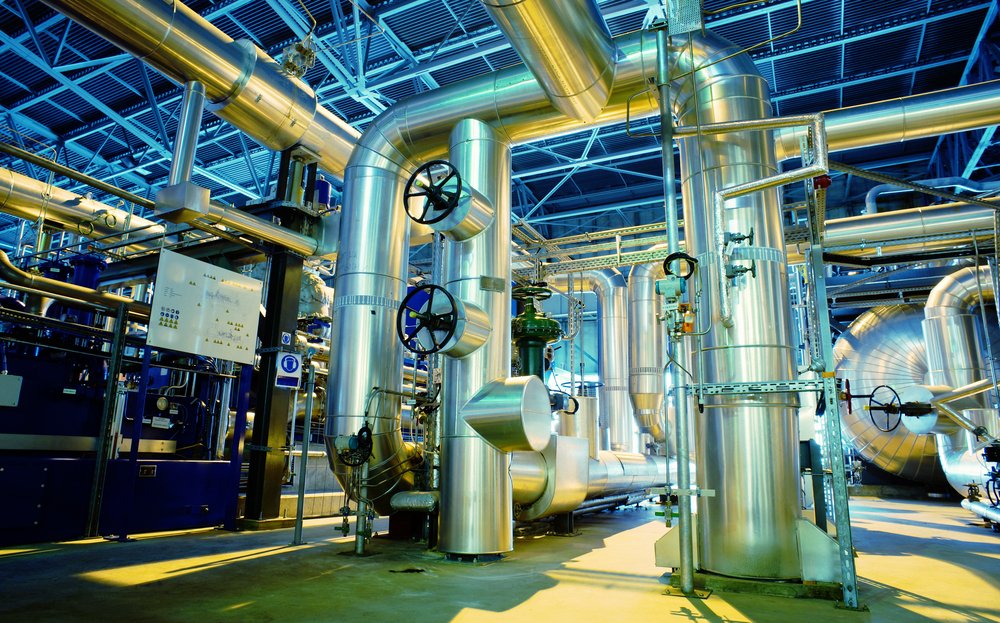In our blog “Decoding Heat Tolerance and Temperature” I looked at the confusion between the terms “heat tolerance”, “temperature” and “heat energy” and how this is commonly manifest in the question often posed to us in various guises:-
“What is the heat tolerance of this garment?”.
It is a meaningless question and belies a misunderstanding of protection against heat because it is often really being used as a way to confirm that “this garment will protect against this temperature.”
Temperature of a heat source is only one factor in whether a garment will protect or not in a given situation. What matters is not temperature but the transfer of heat energy from the heat source to the skin of the garment wearer.
Though temperature will influence the amount of heat energy generated by a heat source, whether a burn will result depends on the amount and rate of heat energy transfer. This is a function not only of the temperature of the heat source, but multiple factors such as its mass, the proximity of the wearer to it, the duration of exposure, the type of heat energy, and not least, the physiology of the individual wearer.

Thus, given that the real issue is not temperature but heat energy transfer, how can understanding of this be used to assess the effectiveness of selected heat protective clothing, and its suitability for any given application? This blogs considers this question and how tests within the relevant EN standard can be a useful tool for selection of fire protective clothing.
What is Heat Energy?
Heat energy is contained by all matter. It is energy resulting from the agitation of molecules or atoms; the atoms in a relatively cool object are less agitated and those in a hot object are more agitated. This energy will always tend to flow or transfer from one object to another, and always from the object with more energy to any object with less, (much in the same way that water will always flow downhill). A fire will contain higher levels of heat energy than a person standing nearby, so the energy will transfer from the fire to the person, who will feel that flow of energy in the form of heat and will warm up.
There are different “routes” by which this energy can transfer from one object to another. These are manifest as different “types” of heat energy – though the energy is the same; its transference from one body to another is via different methods.
| Heat Energy Transfer Types | |
| Radiant Heat Energy Transfer | Energy transferred via infra-red waves through the air (such as the heat felt from a radiator) |
| Convective Heat Energy Transfer | Energy transferred through a medium such as gas or plasma (the heat felt as a consequence of contact with a flame) |
| Contact Heat Energy Transfer | Energy transferred as a result of direct contact with a hot object or surface (such as when you touch the hot roof of a car that has been left out in strong sunlight) |
The purpose of heat and flame protective clothing is to prevent, or at least delay or slow, this flow of energy from the source to the skin of the wearer.
Having understood this simple concept it immediately becomes clear why the following issues are important for flame and heat protective clothing:-
- The thickness or density of the fabric. A thicker, denser fabric will more effectively prevent transfer of heat energy
- The tightness of the weave in woven fabric. A tighter weave will be more effective at delaying heat energy transfer.
- The air in the gap between the fabric and the body is important additional insulation; hence a baggy garment is more effective and the highest level of heat protective clothing (aluminized garments) are deliberately made large to enhance this insulation.
- Heat protective clothing will not protect against high ambient temperatures (ambient temperature being the temperature (or the heat energy level) of the atmosphere or surrounding air. In high ambient temperatures, the air itself contains high levels of heat energy and no standard thermal protective clothing will prevent that air getting inside the suit and transferring to the skin of a wearer.
How Can This Knowledge be Used to Assess Effectiveness of Heat Protective Clothing?
First of all, it is important to understand which type of heat energy transfer (or rather the “route” which it will take) you are protecting against. For example:
- If a task involves working in proximity to a hot furnace the hazard is primarily radiant heat energy (“primarily” because other heat energy types may also be involved)
- If a task involves protection against a risk of flash fire the hazard is primarily convective heat energy
- If a task involves having to lean against or maintain contact with a hot surface or object such as picking up hot components the hazard is primarily contact heat energy.
Note: Protection against arc flash is actually a requirement for protection against high levels of radiant heat energy. An arc flash consist of extremely high temperatures (up to 30,000oC – the temperature of the surface of the sun!) with large quantities of heat energy generated in an instant. Arc Flash is dealt with in a separate specific standard, EN 61482 and not in EN 11612.
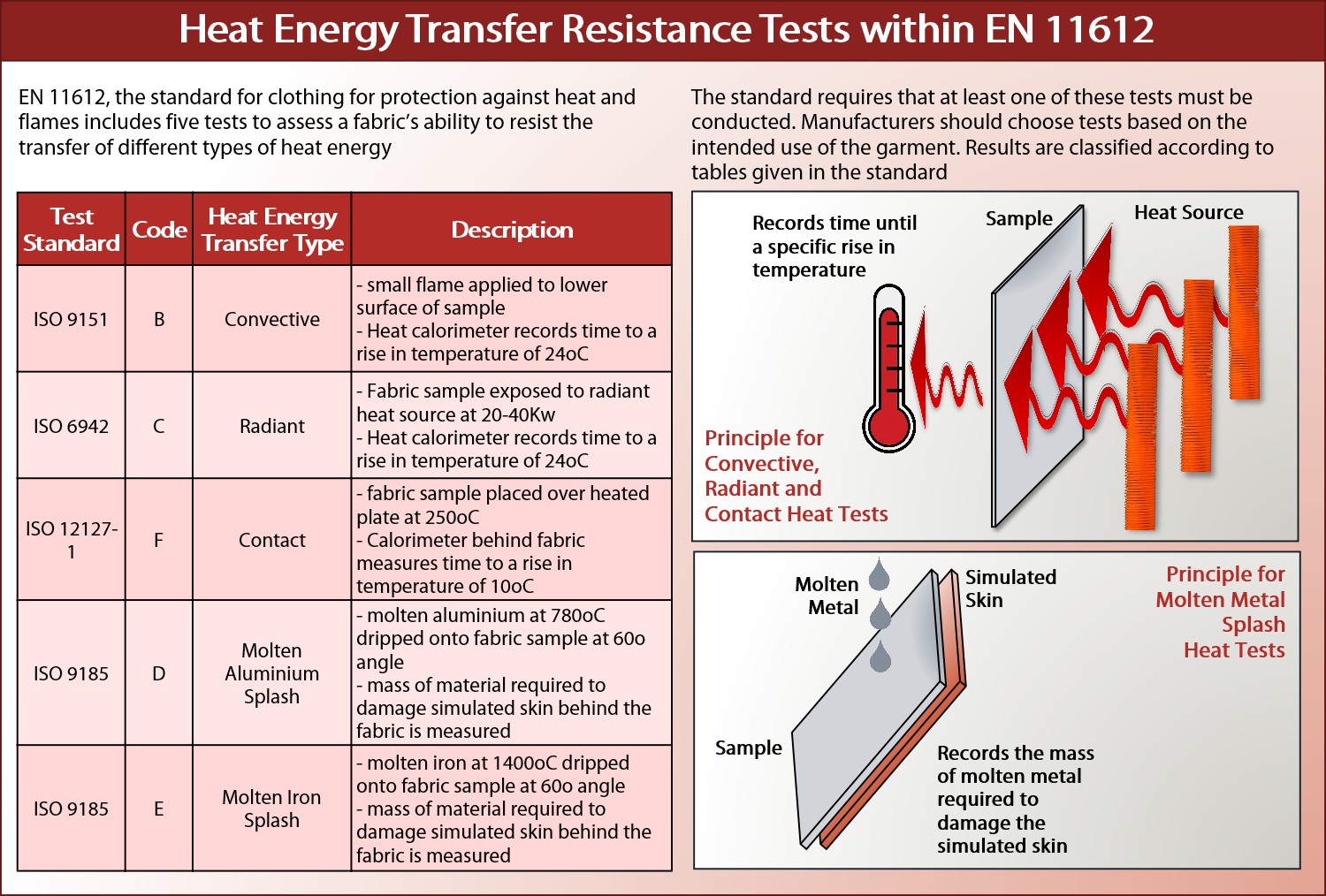
There are some key points note about these tests:
- The basic principle (of the radiant, convective, and contact heat tests) is to position the fabric between a heat source and a heat sensor and record the time until a specific rise in temperature is recorded (24o for radiant and convective heat, 10o for contact heat). The longer time taken to record this temperature rise, the better the delaying of heat transfer and the more effective the garment fabric.
The differences are in the heat source:-
Heat Sources for Heat Energy Resistance Tests |
|
| Radiant Heat | An electric radiator bar at 20-40Kw |
| Convective Heat | A small flame at specific heat value applied to the surface |
| Contact Heat | Direct contact with a hot plate at 250oC |
2. Whereas we have mentioned three main types of heat energy there are five tests in the standard.
Two of these deal with splashes of molten metal (iron and aluminum) coming into contact with the fabric. Of course, these are examples of contact heat, but because they deal with specific applications involving molten metal splash and because the temperatures are much higher, they are assessed with different tests.
What is a “Calorie”? |
|
A “calorie” is a measurement of energy. It is the amount of energy required to raise 1 gram of water through 1 degree Celsius. The measurement of calories in food is a measurement of the energy the food contains – and which you must burn off with activity if you wish to avoid it being converted into fat! |
Because the temperature is very high standard thermal protective garment fabric would provide little protection if the splash of molten metal was to remain in the same spot – it would very quickly burn through. So effectiveness relies on the fabric being able to immediately shed the droplet so that it quickly runs off rather than remaining in one spot.
Thus the molten metal tests use a different principle, holding a garment fabric sample at an angle 45o with a simulated skin layer behind it. A specific mass of the molten metal is dripped onto the fabric, and this mass is increased until the simulated skin suffers damage. Thus higher classification is achieved by a greater mass of the molten metal being needed to cause damage.
- The standard requires that only ONE of these tests is conducted so it is important to know that the garment you choose has been subject to the test relevant for your hazard. It is of little use to choose a garment that has only been classified for radiant heat if your application involves contact heat.
- Each of the tests is denoted by a code letter and provides for classification of the results as shown below:-
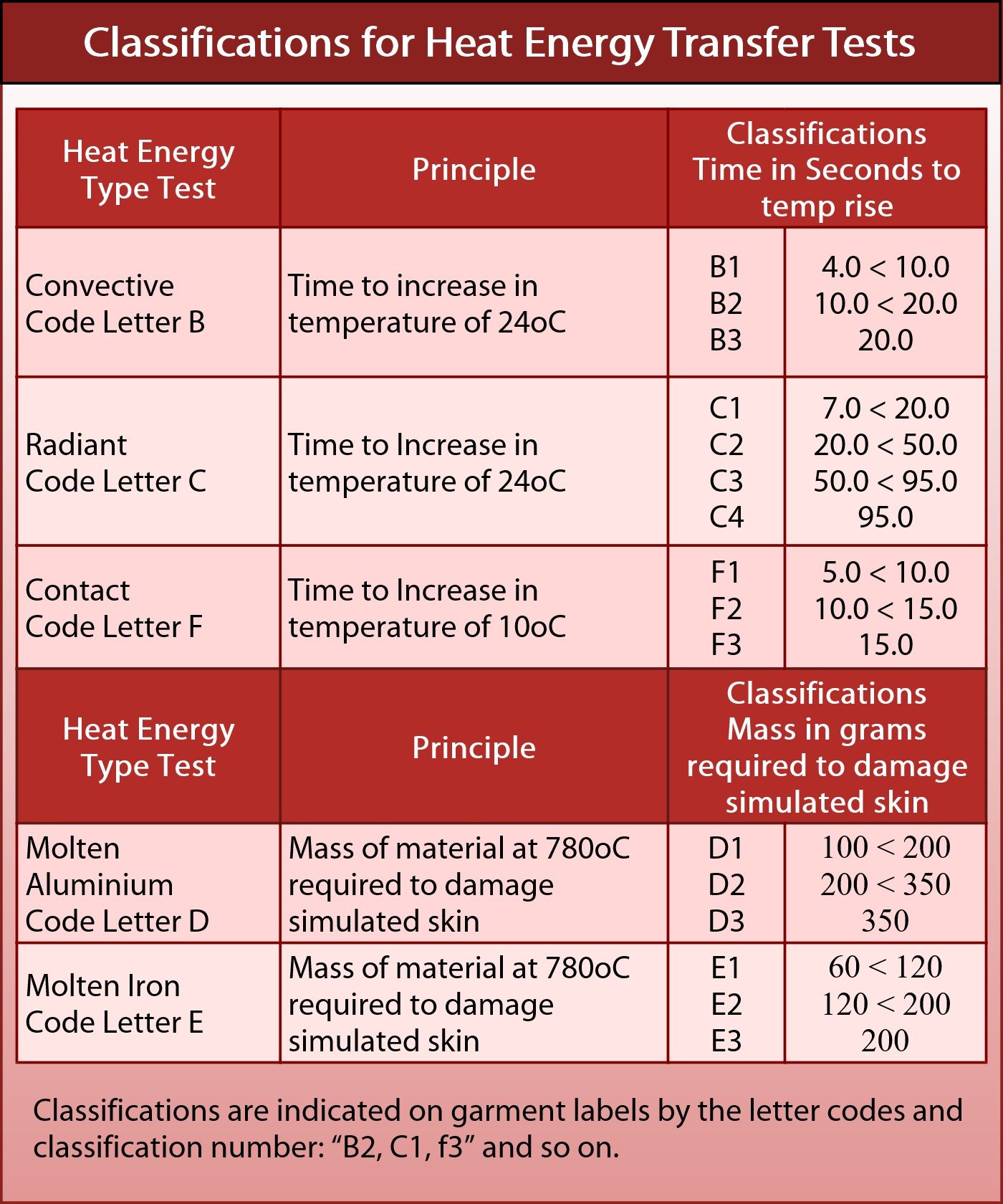 Fire Protective Clothing: A Useful System of Labelling
Fire Protective Clothing: A Useful System of Labelling
As can be seen each test is classified with a performance level either 1 to 3 or 4;
- Level 1 is the lowest protection (i.e. the recorded temperature rise occurred in the shortest time or a lesser mass of molten metal damaged the simulated skin)
- Level 3 or 4 is the highest (the recorded temperature rise occurred in a longer time or a greater mass of molten metal damaged the simulated skin).
The standard also requires that the tests conducted and performance levels are shown on the garment label with the FR pictogram
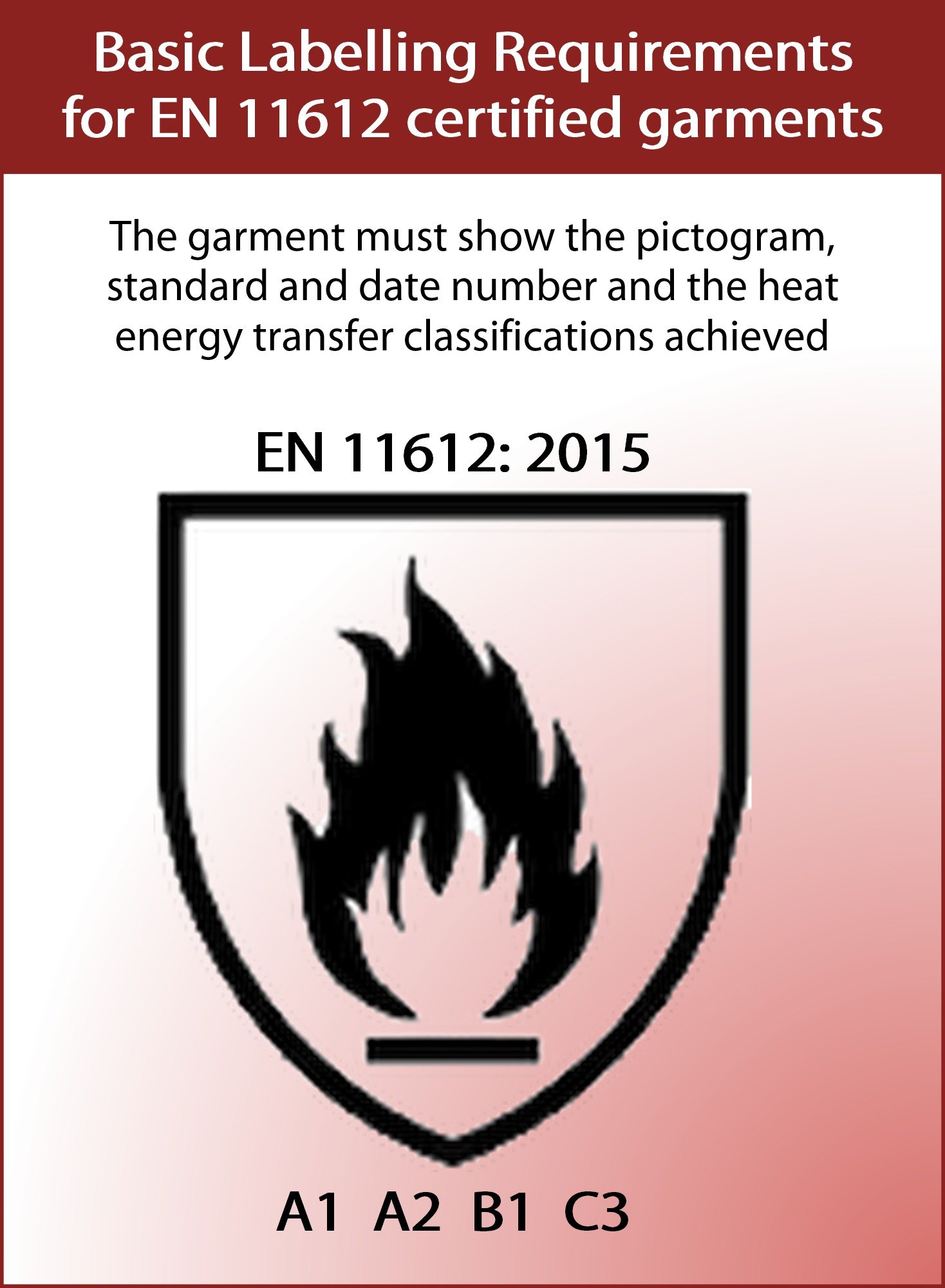 So in this case, C3 indicates the highest performance level for Radiant Heat, and B1 indicates the lowest performance level for convective heat
So in this case, C3 indicates the highest performance level for Radiant Heat, and B1 indicates the lowest performance level for convective heat
(Note: the letters A1 and A2 refer to the vertical flammability test also required in the standard and designed to indicate the reaction to contact with a flame and that the fabric does not ignite and burn. In this a flame is applied either to the center (method A – indicated by “A1”) or the bottom edge (method B – indicated by “A2”) of a vertically suspended fabric sample and a visual assessment of the reaction results in classifications to Index 1, 2 or 3 (3 being the highest; a minimum of Index 3 is required for certification to EN 11612). Only one of these is compulsory and the highest classification (“ Index 1”) is required for EN 11612 certification, so garments are often labelled only as A1)
Thus, the Heat Energy Transfer Resistance Tests are a useful indication of the performance of the garment fabric at resisting the transference of different types of heat energy from the source to the skin of the wearer. In other words, a useful tool to indicate the protective performance of the garment. Yet a further issue remains in its practicality… what does this mean in the real world?
How Does This Transfer to Fireproof Clothing in the Real World?
Clearly, it is useful to know that for an application requiring protection against flash fire your chosen garment has been subjected to the relevant heat energy resistance test. But what do the different classifications mean and how is this useful?
For a given application do you need a garment with performance level B2 or B3 or will a performance of B1 suffice?
There are two ways in which the classifications could be used in practice.
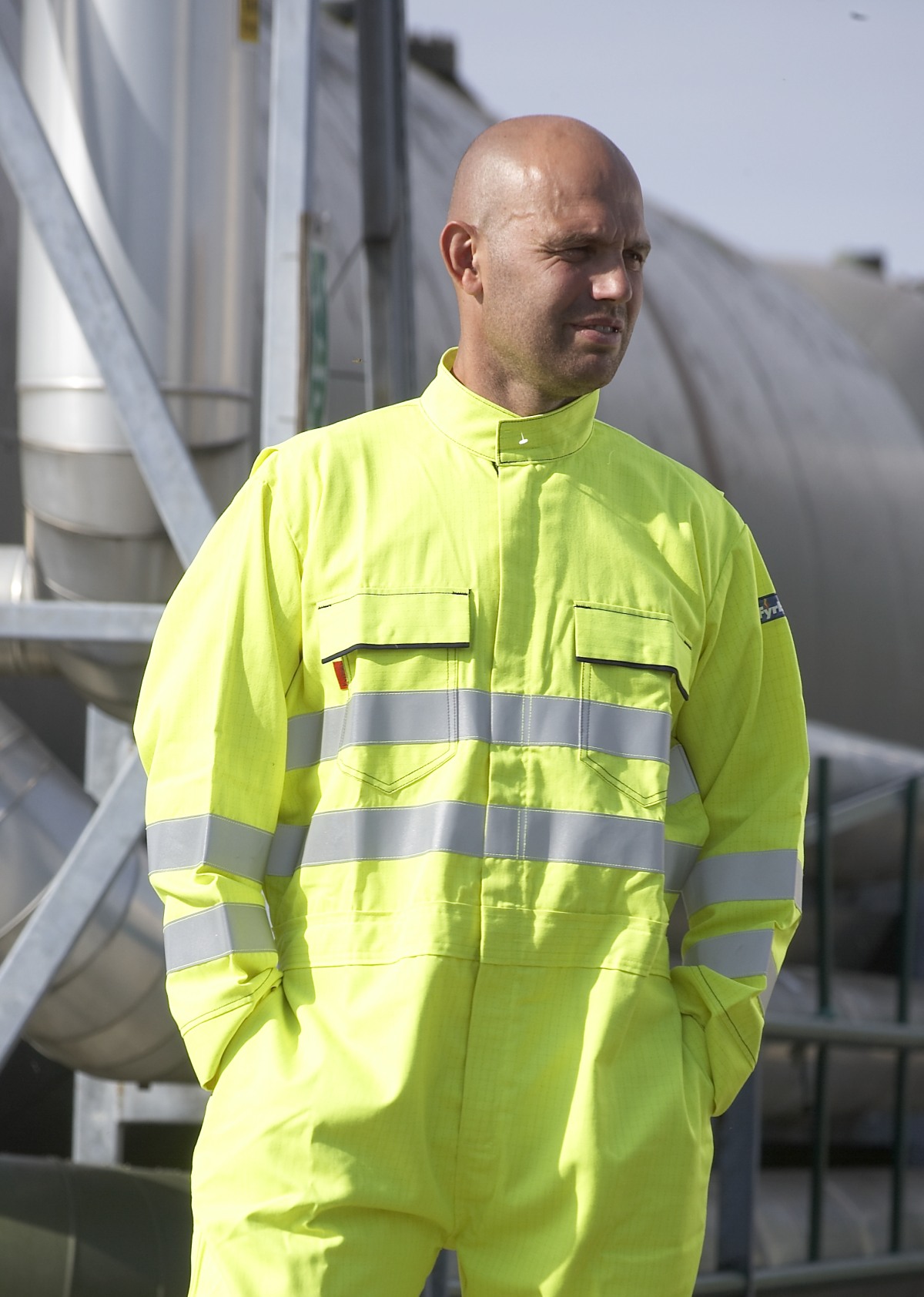 Each test features a heat source with conditions maintained to generate a specific heat calorie level at the facing surface of the fabric. It would therefor be theoretically possible to calculate the likely heat energy levels generated in your application and relate this to the performance classifications in the test results – thus indicate which minimum performance level is required.
Each test features a heat source with conditions maintained to generate a specific heat calorie level at the facing surface of the fabric. It would therefor be theoretically possible to calculate the likely heat energy levels generated in your application and relate this to the performance classifications in the test results – thus indicate which minimum performance level is required.
Possible – but complex – and likely to suffer high degree of inaccuracy because of natural variations in the real world application. For example, a wearer is unlikely to remain at precisely the same distance from the heat source for the duration of the application so the heat energy level will vary considerably. (Although this method – the calculation of heat energy generated in an incident and relating that to tested performance levels of arc workwear is used in protection against arc flash)
2. More realistically the standard includes a general and more usable method of relating the performance levels to real world applications.
A risk assessment where a flame or heat hazard is identified should indicate whether the risk is high, medium, or low. The performance levels in the standard are designed to relate directly to these assessments. So if a hazard is identified as high-risk, then a the performance level 3 for that particular heat energy test would be required.
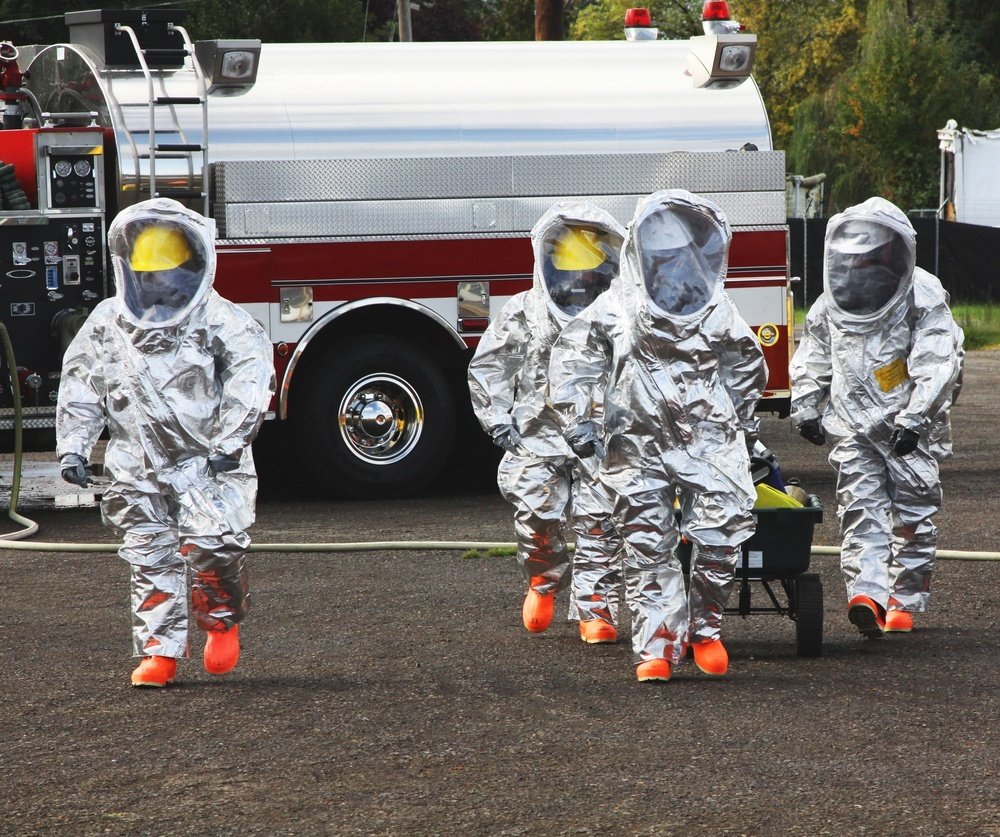 The reason the radiant heat test has four performance levels is to account for applications where more extreme or “very high” risks of radiant heat – such as those that might be experienced in working close to a furnace where high level aluminized clothing is worn and where woven aramid or FR treated materials used for standard FR workwear would not be sufficient.
The reason the radiant heat test has four performance levels is to account for applications where more extreme or “very high” risks of radiant heat – such as those that might be experienced in working close to a furnace where high level aluminized clothing is worn and where woven aramid or FR treated materials used for standard FR workwear would not be sufficient.
A Practical Heat Energy Resistance / Garment Classification Solution for Selection of FR Workwear
So using this information, it now becomes a straightforward task to produce a basic template for selection of FR workwear incorporating risk levels and heat energy transfer test performance levels.
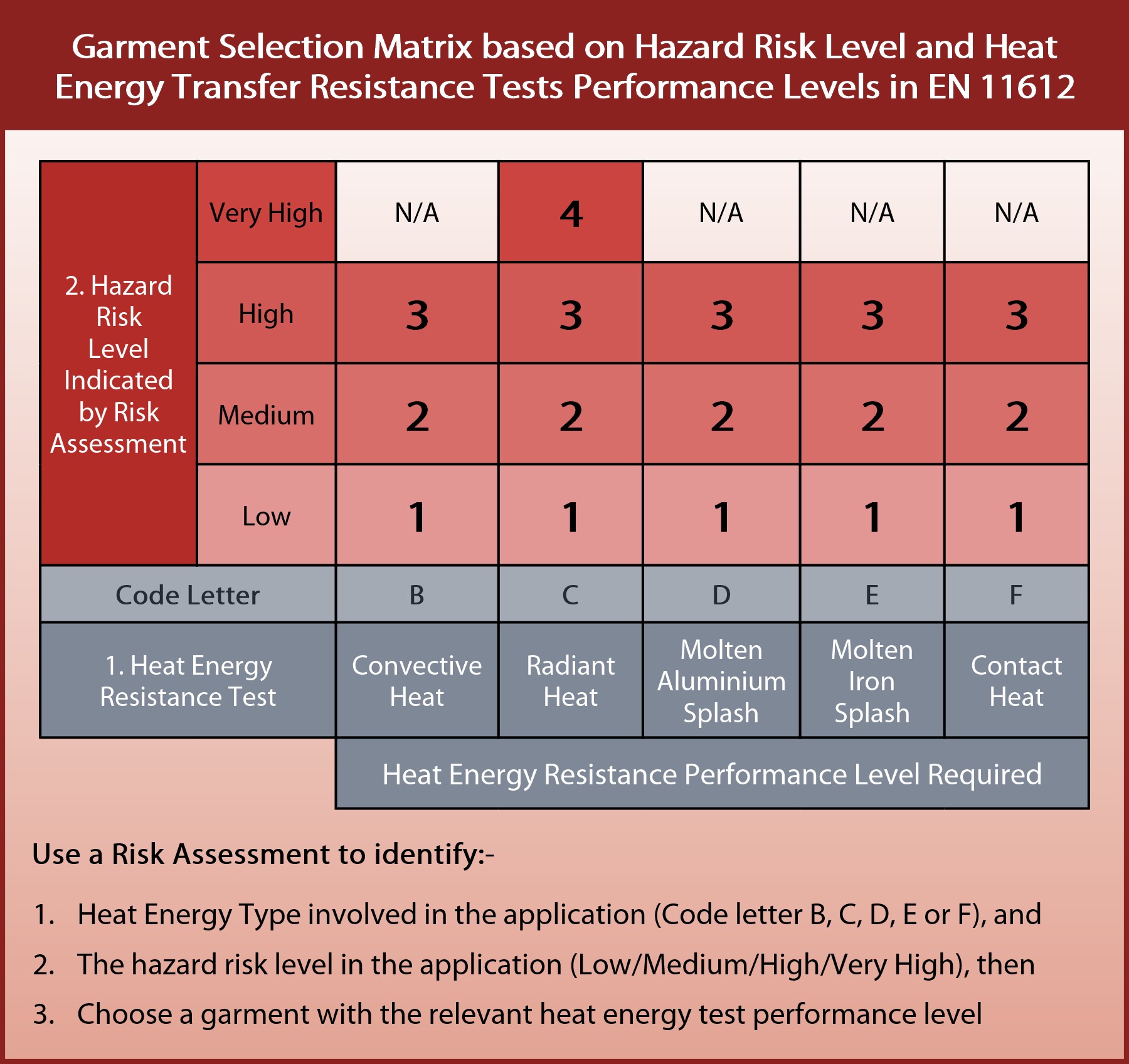 The basic process for selecting an appropriate garment for a given application is to first identify the heat energy type to determine which heat energy resistance test it should be tested against, and then to identify the hazard risk level to indicate which performance level in that heat energy test the garment should achieve as a minimum.
The basic process for selecting an appropriate garment for a given application is to first identify the heat energy type to determine which heat energy resistance test it should be tested against, and then to identify the hazard risk level to indicate which performance level in that heat energy test the garment should achieve as a minimum.
The Devil is in the Detail… Will You Choose the Easy or the Hard Route?
Some years ago I wrote an article on my Linkedin page about a regular and ongoing conundrum for manufacturers of PPE.
We have a culture which increasingly desires simple answers and safety managers are busy people with limited time for indulging in detail. One of many challenges for manufacturers of PPE is this; when a potential customer is looking for nice easy answer to a question such as the one we began with and addressed.
“What is the heat tolerance of this garment?”
(or in other words, ”Will this garment protect against temperatures of X Celsius?”)
is whether to give the easy or the hard answer – especially given that commercial pressures mean the temptation to take the easy route and give the easy answer is strong.
Yet the two obvious simple answers to this particular question (“yes” or “no”) are at best misleading and at worst simply wrong – yet are the answers that some manufacturers are prepared to give in order to secure a quick order. Its easier to take the easy route… (although it always risks greater problems later).
But the devil is always in the detail, and to properly answer this and many similar questions relating to PPE, the detail – often complex detail – must be considered.
In terms of FR workwear it is vital to understand the role of different types of heat energy transfer in order to assess whether a garment will prevent burns in a given application.
A common theme in our blogs and eBooks is that it is not enough to simply ensure PPE is certified to a standard. In the case of FR workwear this is manifest by the seemingly obvious fact that an EN 11612-certified garment may not be suitable for all FR applications.
It is a classic example; EN standards often contain important details that can provide the effective safety manager with useful information and tools to assist in ensuring appropriate PPE is selected and that workers are properly protected.
